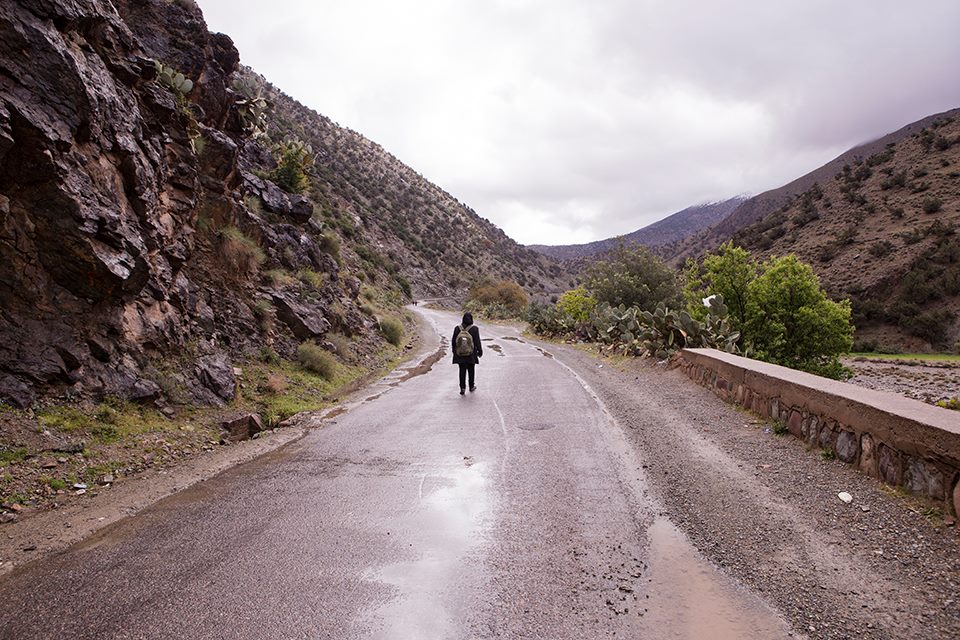UNESCO’s Morocco office decided to shadow a Fourteen-year-old student Fatima, on her daily commute from her home to the nearest school – door to door. Fatima hails from an Amazigh village, called Iznaguen in the Atlas Mountains fit the profile perfectly. It takes at least three hours by road from this steep village sitting at an altitude of 4000 meters to reach a phone signal. The nearest public high school is about a four-hour drive in decent weather conditions.
Morocco’s enrollment of female students is on par with male counterparts at primary levels of schooling. But adolescent girls in Morocco continue to drop out of school. Those living in remote, rural villages are most likely to stop around the age of twelve because of lack of access to middle and higher education in their immediate vicinities. Parents of teenaged girls are often unwilling to let them travel long distances away from home due to concerns for their safety and social restrictions. As a result, retention of girls in schools remains a pressing issue in Morocco, a country with visible disparities in quality of education – between public and private schools and between urban and rural areas.
















